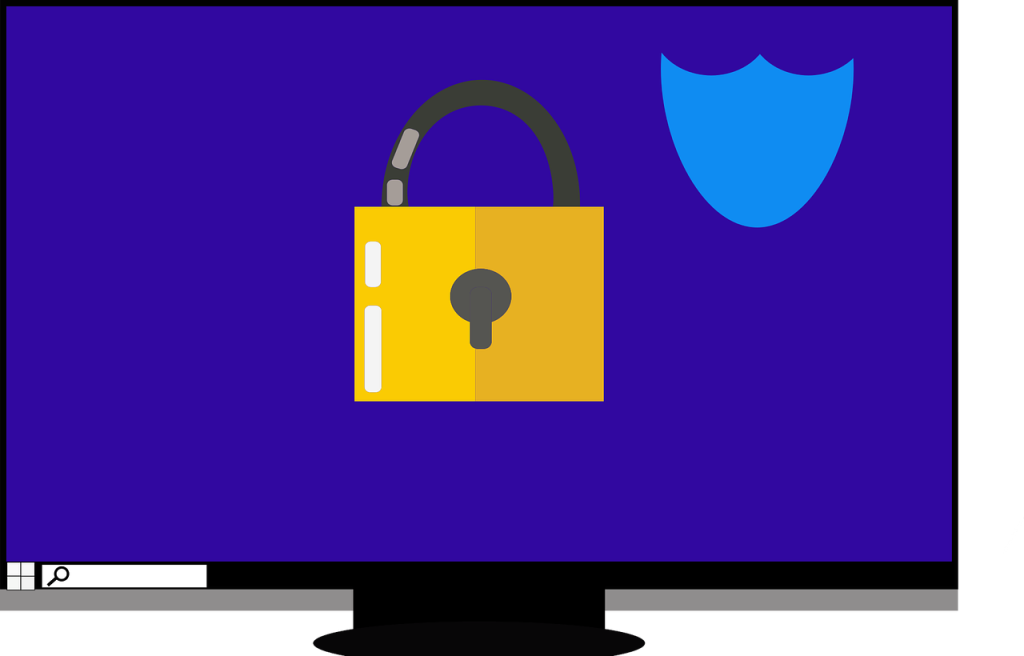Ransomware is a type of malware that encrypts victims’ files. The attacker then demands a ransom that the victim must pay to regain access to their data. After paying according to the criminals’ demands, the victim is sent a decryption key to restore the files. These cybercriminals can cause anywhere from hundreds to thousands of dollars in damages to businesses and individuals.
Ransomware poses a considerable threat to all kinds of devices and their users. But what makes this malware more dangerous than other malware is the extent of damage it can bring to the lives of its victims.
How Ransomware Works
There are many ways for ransomware to infect your computer, and one of the most common methods is phishing. An attachment disguises itself as a trusted file and gets sent to the victim. When downloaded and run, it can easily hijack the victim’s computer, especially when it comes with a built-in social engineering tool that tricks users into granting administrative access to their devices. Other more aggressive forms of ransomware, such as NotPetya, exploit vulnerabilities to infect computers without tricking users.
With other types of malware, an attacker could claim to be from a law enforcement agency that shuts down a victim’s computer due to the presence of pornography or pirated software and demands the victim pays a “fine”. When this happens, immediately report to the agency the malware is claiming to originate. There is another variant called leak ware or dock ware that, if not paid, threatens to expose sensitive data from the victim’s hard drive.
Forms of Ransomware
Locker ransomware – affects essential computer functions
Crypto ransomware – encrypts individual files in a computer
Knowing the specific type of malware makes a significant difference in identifying and dealing with ransomware. Within the two main categories, other distinctions have been made among numerous additional kinds of ransomware.
Ransomware Removal
Ways to Remove Ransomware from Your Infected Computer
- Reboot Windows 10 to safe mod
- Install modern endpoint security software
- Scan the system to find the ransomware program
- Restore the computer to a previous status
Theoretically, most law enforcement agencies instruct ransomware victims not to pay because it only encourages hackers to create more malicious software.
However, many organisations that have become victims of ransomware must pay the ransom to salvage their interests at the expense of the industries’ greater good. According to a Trend Micro survey, 66% of businesses is thought not to pay the ransom, but 65% of companies did.
All forms and variants of ransomware pose a significant threat to both individual users and businesses. Therefore, it is increasingly vital to monitor threats, put into place contingencies, be familiar with ransomware, be aware of using devices safely, and have the best security software.



